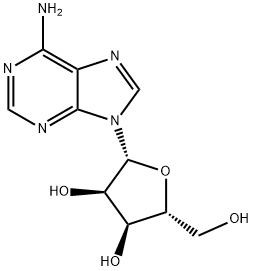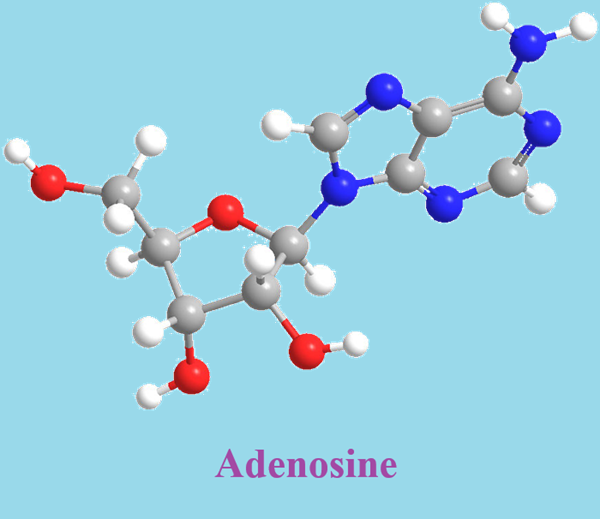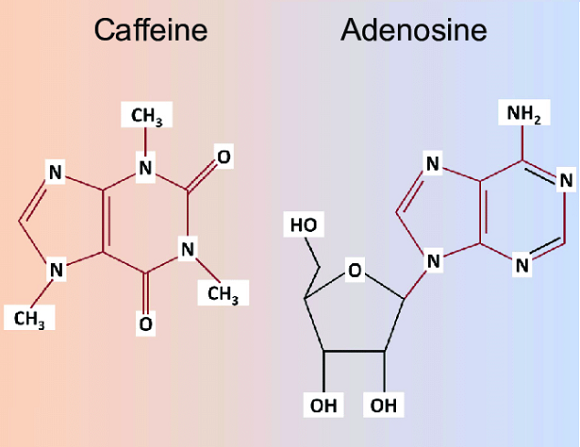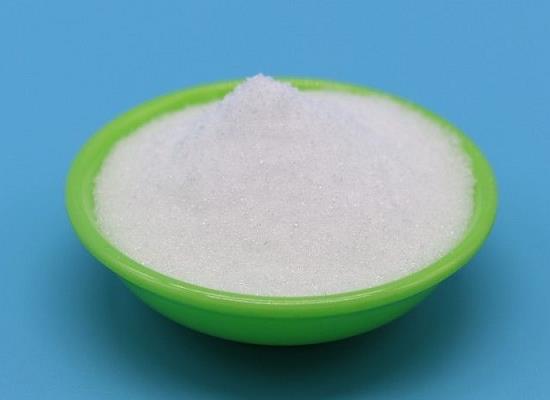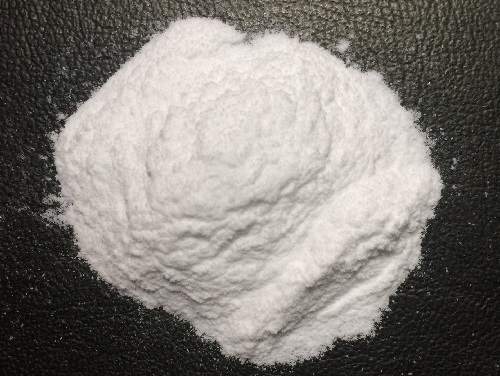Adenosine: Physiology, Clinical Applications and Safety
General Description
Adenosine is a purine nucleoside that plays important roles in cellular function. It is involved in the synthesis of ATP and cAMP, and its levels can increase in ischemic tissue. Adenosine has both antiarrhythmic and proarrhythmic effects, and it can provoke atrial fibrillation and ventricular arrhythmias. In myocardial infarction and reperfusion, adenosine has potential cardioprotective effects but its clinical benefits remain mixed. Adenosine administration can cause side effects such as flushing, dyspnea, chest pain, and gastrointestinal discomfort, but it is generally considered safe when adequately monitored. Further research is needed to optimize its clinical use.
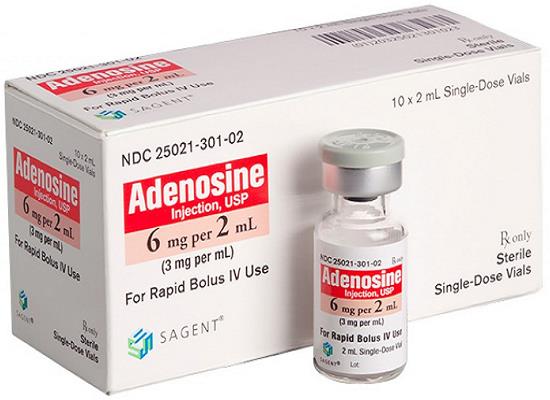
Figure 1. Injection of adenosine
Physiology
Adenosine is an endogenous purine nucleoside composed of adenine attached to a ribose sugar. It functions as a base for ATP and cAMP. Adenosine is rapidly transported into cells and can be catabolized by adenosine deaminase. Dipyridamole, a vasoactive medication, inhibits adenosine deaminase. Adenosine can be (re)phosphorylated by adenine kinase to form AMP. In ischemic tissue, adenosine levels increase due to adenosine kinase inhibition. Adenosine can be synthesized de novo or accumulate from ATP breakdown. It requires nucleoside transporters for membrane passage. Extracellular adenosine originates from intracellular stores or breakdown of adenine nucleotides outside the cell. 1
Clinical applications
Arrhythmias
Adenosine has both antiarrhythmic and proarrhythmic effects. It is known to provoke atrial fibrillation (AF) by shortening the atrial action potential duration. The incidence of AF varies among different populations, with higher rates seen in patients with conduction system disease. In the catheter laboratory and noninvasive assessments, AF is rare. Adenosine-induced AF is usually well tolerated, but in cases involving an accessory pathway, it may lead to unstable arrhythmias requiring cardioversion. Adenosine can also cause ventricular arrhythmias due to its bradycardic effect, especially in patients with prolonged QTc intervals. Thus, while adenosine is used for its antiarrhythmic properties, careful monitoring is necessary to identify and manage potential adverse effects. 2
Myocardial infarction and reperfusion
Adenosine has potential in protecting the myocardium from ischemic and reperfusion injury through vasodilation, anti-inflammatory properties, and possibly antiplatelet effects. Clinical studies with adenosine have produced mixed results. While it reduced infarct size, it did not significantly affect primary clinical endpoints in large randomized trials. However, subgroup analyses showed benefits in patients receiving early reperfusion therapy. IC adenosine infusion in STEMI patients demonstrated favorable effects on no-reflow incidence and left ventricular function. Some smaller studies also observed improved myocardial reperfusion. However, other trials found no incremental myocardial salvage or reduction in microvascular obstruction. Despite mixed findings, IC adenosine is recommended for no-reflow treatment according to guidelines. Further research is necessary to optimize its use. 3
Safety
Adenosine is a medication commonly used for stress imaging studies. Its short half-life results in both desired and unwanted effects being short lived. However, adenosine often causes side effects due to the widespread presence of adenosine receptors in the body. Side effects are more prevalent with intravenous (IV) administration compared to intracoronary (IC) administration. A study involving over 9,000 patients reported that 81% experienced side effects during IV adenosine infusion. Common side effects included flushing, dyspnea, chest pain, gastrointestinal discomfort, and headache. AV block and arrhythmias occurred in a smaller percentage of patients. Bronchospasm was rare, affecting only 0.1% of participants. Notably, no deaths were reported in this study. However, it is important to consider that the reported side effects in this particular study were higher than in other studies. This could be attributed to a longer duration of adenosine infusion. In contrast, a study with shorter infusion duration showed lower incidence of side effects. In summary, while adenosine is generally safe, it can cause side effects such as flushing, dyspnea, chest pain, and gastrointestinal discomfort. The frequency and severity of these side effects can vary depending on factors such as administration route, dosage, and patient characteristics. Adequate monitoring and management of potential side effects are crucial during adenosine administration. 4
Reference
1. Layland J, Carrick D, Lee M, Oldroyd K, Berry C. Adenosine: physiology, pharmacology, and clinical applications. JACC Cardiovasc Interv, 2014, 7(6):581-591.
2. Garratt CJ, Malcolm AD, Camm AJ. Adenosine and cardiac arrhythmias. BMJ, 1992, 305(6844):3-4.
3. Bulluck H, Sirker A, Loke YK, Garcia-Dorado D, Hausenloy DJ. Clinical benefit of adenosine as an adjunct to reperfusion in ST-elevation myocardial infarction patients: An updated meta-analysis of randomized controlled trials. Int J Cardio, 2016, 202:228-237.
4. Cerqueira MD, Verani MS, Schwaiger M, Heo J, Iskandrian AS. Safety profile of adenosine stress perfusion imaging: results from the Adenoscan Multicenter Trial Registry. J Am Coll Cardiol, 1994, 23(2):384-389.
You may like
Related articles And Qustion
See also
Lastest Price from Adenosine manufacturers

US $0.00-0.00/kg2025-08-19
- CAS:
- 58-61-7
- Min. Order:
- 25kg
- Purity:
- ≥99%
- Supply Ability:
- 2tons

US $0.00-0.00/kg2025-07-15
- CAS:
- 58-61-7
- Min. Order:
- 1kg
- Purity:
- 98%min
- Supply Ability:
- 10 Tons
